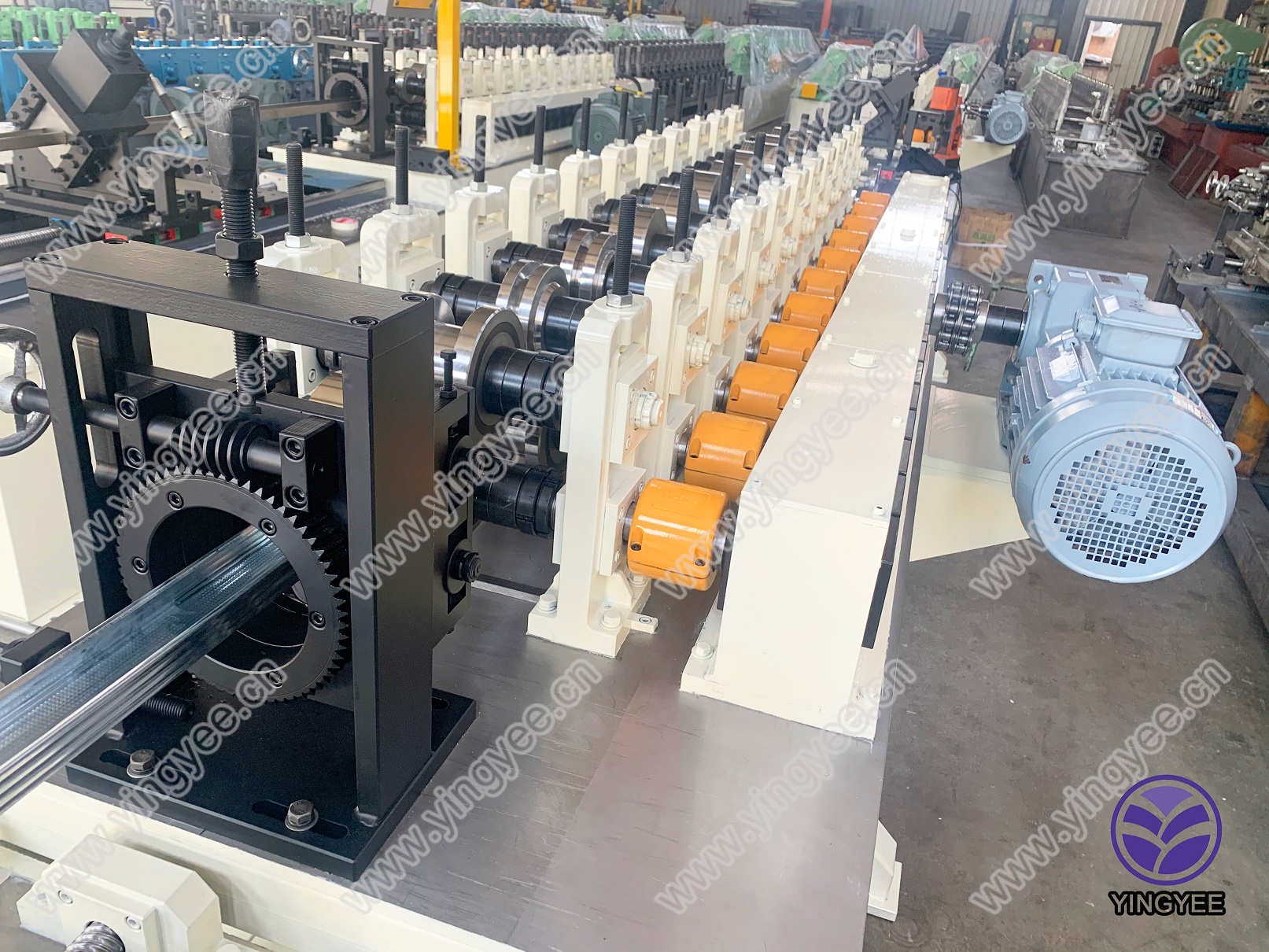
Understanding Cold Bending Prices Factors and Insights
Cold bending, a crucial process in various industries, particularly construction and manufacturing, involves shaping metal materials at room temperature. This method is favored for its durability and precision, making it indispensable for creating components that require specific geometric shapes. However, understanding the pricing aspects of cold bending can be complex, influenced by multiple factors. In this article, we will delve into the components that determine cold bending prices and provide insights into the industry.
What is Cold Bending?
Cold bending refers to the process of deforming a material without the application of heat. This technique is predominantly used on metals such as steel and aluminum, allowing manufacturers to achieve intricate bends and shapes that would be difficult or impossible to create with hot bending methods. Cold bending not only contributes to the design flexibility but also enhances the strength of the material by refining its grain structure.
Factors Influencing Cold Bending Prices
1. Material Type The type of metal used plays a significant role in determining the price. Various materials, such as carbon steel, stainless steel, aluminum, and others, come with different costs. Stainless steel, for example, is often more expensive due to its corrosion resistance and strength, while carbon steel tends to be more economical. Additionally, the thickness and grade of the metal can further influence the cost.
2. Volume and Order Size Pricing can vary significantly based on the volume of the order. Larger orders typically benefit from bulk pricing, which can reduce the per-unit cost. Conversely, smaller orders may incur higher prices due to the set-up costs associated with the cold bending process.

3. Complexity of the Design The intricacy of the desired bends and shapes also influences pricing. Simple bends may require less time and fewer resources, leading to a lower overall cost. However, complex designs that demand precise engineering and more elaborate machinery can drive up the price, as they require more labor and time.
4. Equipment and Technology The technology used in cold bending has evolved significantly, with advanced machinery capable of executing precise bends with minimal tolerance. However, the investment in high-quality equipment naturally raises production costs. Manufacturers that utilize state-of-the-art technology may charge higher prices, reflecting the quality and precision of their work.
5. Market Demand and Supply Like any other commodity, the prices of cold-bent products are subject to market forces. In times of high demand, prices may increase, while a surplus of supply can lead to price reductions. Economic trends, construction projects, and manufacturing cycles can all influence the demand and, subsequently, the price of cold bending services.
6. Labor Costs Skilled labor plays a critical role in the cold bending process. The wages for skilled machine operators and engineers can vary based on location and experience, thereby affecting the final price. Regions with higher living costs may see increased labor expenses, which can translate to higher prices for cold bending services.
Conclusion
Cold bending is an essential service in various industries, and understanding its pricing requires a comprehensive examination of several factors. From the type of material used to the complexity of the design and market dynamics, each element plays a pivotal role in determining the overall cost of cold bending. For businesses looking to engage in cold bending services, it is essential to consider these factors to make informed decisions that align with their budget and project requirements.
By gaining insights into the pricing structure of cold bending, companies can better navigate their sourcing strategies and ultimately improve their manufacturing processes. As the industry continues to evolve, staying informed about trends and market changes will be beneficial for those dependent on cold bending applications.